It’s all gone a bit Mad Max out there over petrol costs.
For the kids: Mad Max was a hit film of the 1980s set in the kind of dystopian future we all imagined we’d be living in by 2022.
It starred Mel Gibson as a leather-clad cop tasked with taking on the hordes of lawless renegades, who spent their days tooling about the Australian outback in souped-up vehicles and fighting with other gangs for the dwindling resources of a post-apocalyptic world.
And the most precious resource of them all?
That’s right. Petrol.
(Thanks for sticking with me.)
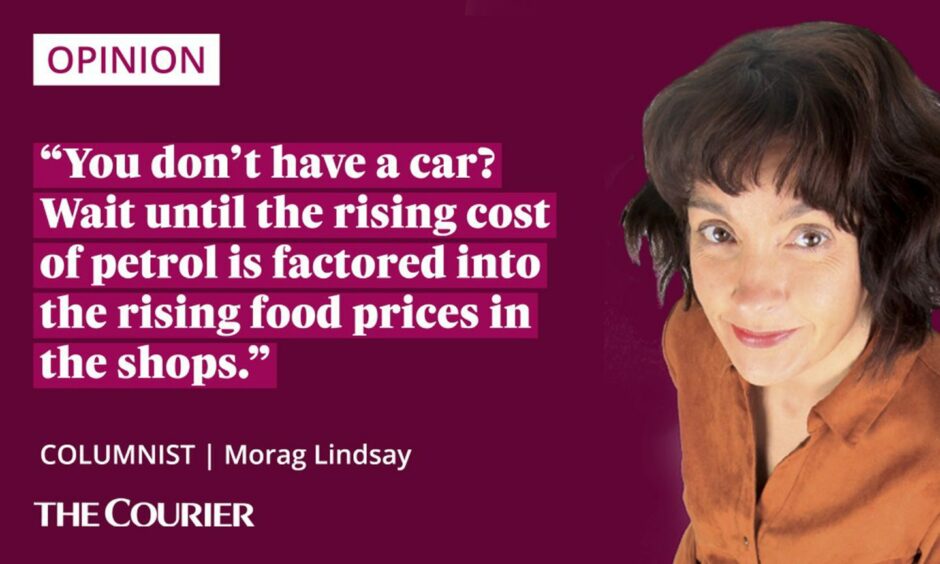
In a week when petrol prices rose so high that the costs of filling up a typical family car topped £100 for the first time ever, it is starting to feel kind of fractious out there.
And if there’s one thing I remember from Mad Max it’s that things rarely end well for the poor saps caught in the middle.
Who’s to blame for petrol costs?
Right now, blame seems to be the one commodity that is in ample supply.
The government is blaming retailers for not passing on the 5p cut in fuel duty announced by Rishi Sunak in March.
Petrol retailers are blaming rising wholesale costs, in part down to the collapse of the pound against the dollar (the currency in which fuel is traded).
The FairFuelUK campaign is blaming oil refineries for not passing on a fall in the price of crude oil, after it soared at the start of the war in Ukraine.
And everyone is blaming Russia for invading Ukraine in the first place and forcing us to say ‘No thank you Vlad’ to the supplies we’ve been depending on for years.
Even our venerable motoring organisations are at each other’s throats.
The AA accused the RAC of recklessness and fuelling “rip-off prices at the pump” after it raised the alarm this week – only for the RAC to hit back and demand the government cut fuel duty and VAT.
But did I mention the government is blaming the retailers?
And so it goes..
Is it any wonder my Facebook is awash with memes celebrating the French fuel price protests of recent years and calling on Brits to rise up and do the same?
At this rate, I fear we may be just days away from Jeremy Clarkson donning a leather waistcoat and descending on his nearest Esso station in a converted dune buggy with a flamethrower made from old pipes.
(Editor’s note: That’s enough Mad Max.)
Increasing petrol costs will affect everyone
While the big boys bicker, the rest of us grit our teeth and get on with it.
Hard-pressed families – already contending with the worst cost of living crisis anyone can remember – are having to stump up another £100 every time they fill up their motor.
I’ve heard stories this week that are as terrifying as they are heartbreaking.
One cancer patient told the BBC she had stopped going to ‘non-essential’ hospital appointments because she couldn’t afford to get there.
Carers say they’re quitting their jobs because their petrol allowance no longer covers the cost of driving between clients.
🚨 | French farmers protest against rising petrol prices by dumping and burning farm rubbish outside government buildings… pic.twitter.com/l6Hfsl5qYF
— The Stark Naked Brief. (@StarkNakedBrief) March 18, 2022
You don’t have a car? Wait until the rising cost of petrol is factored into the rising food prices in the shops.
This is a crisis upon a crisis and it’s probably time someone took some responsibility for it.
Cost-cutting measures aren’t available to all
There are things we can all do to help ourselves, say the experts.
Only use the car for essential journeys. Drive at the most economical speeds. Go electric. Car share. Use public transport. Walk. Cycle.
Don’t live in a rural area, where a fair few of those solutions won’t be an option.
And there are things employers can help with too.
I used to spend £50 a week on petrol for the commute from my home in Perthshire to Dundee. Heaven knows what it would cost me now.
But on the few times I have had to drive to the office, the queues at Broxden roundabout have stretched right back to pre-pandemic length.
How many of those drivers sitting in standstill traffic managed to work from home during the pandemic?
And how many could still be doing so now?
But tinkering round the edges isn’t going to get us out of this hole.
That’s what we elect governments for.
To be fair, our petrol costs aren’t the highest in Europe – drivers in Denmark, Germany and Greece all pay more – but they’re higher than most.
They’re certainly higher than in Northern Ireland, where a fuel price checker was introduced in 2020, allowing motorists to see the highest, lowest and average prices in their area.
🚨🚨 Boris Johnson on petrol price crisis – ‘I want to see those cuts having an impact on the pumps and we are watching very closely to see what happens’
➡️ We are all watching and prices 15p higher than before the 5p duty cut.
Watch as close as he wants – people are struggling pic.twitter.com/xQ63jTb5hs
— Jamie Jenkins (@statsjamie) June 9, 2022
The AA says this transparency is what’s helping to keep Northern Ireland petrol prices several pence a litre cheaper.
And it’s calling for the government to adopt a similar system here.
Petrol price rise demands bolder action
Meanwhile, the “reckless” RAC’s focus is on tax, which currently accounts for half the price of petrol.
The Treasury takes 57.9p in fuel duty from every litre sold, plus 20% VAT on top of that – currently around 30p a litre.
Reduce that, says the RAC, and consumers might find they have enough left over at the end of every week for those little luxuries like food and clothes.
And the government’s response?
Well it’s a long way from Mel Gibson with a flamethrower.
Boris Johnson has reportedly asked the Department and Transport to “name and shame” the petrol stations that have failed to pass on the previous 5p cut.
It’s a interesting tactic from a PM without shame. And it falls far short of what’s needed.
If this government really is committed to moving on and focusing on the things voters care, it might want to start with petrol costs – and it might want to do it now.
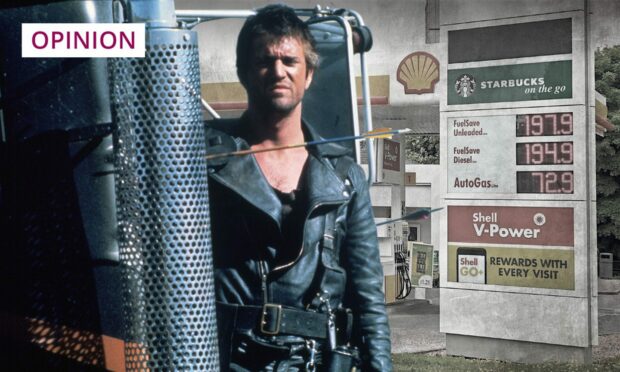
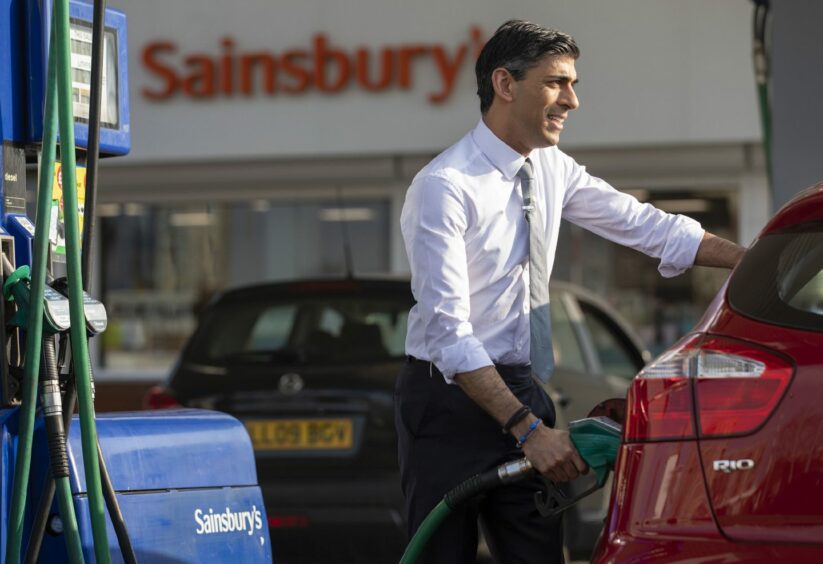
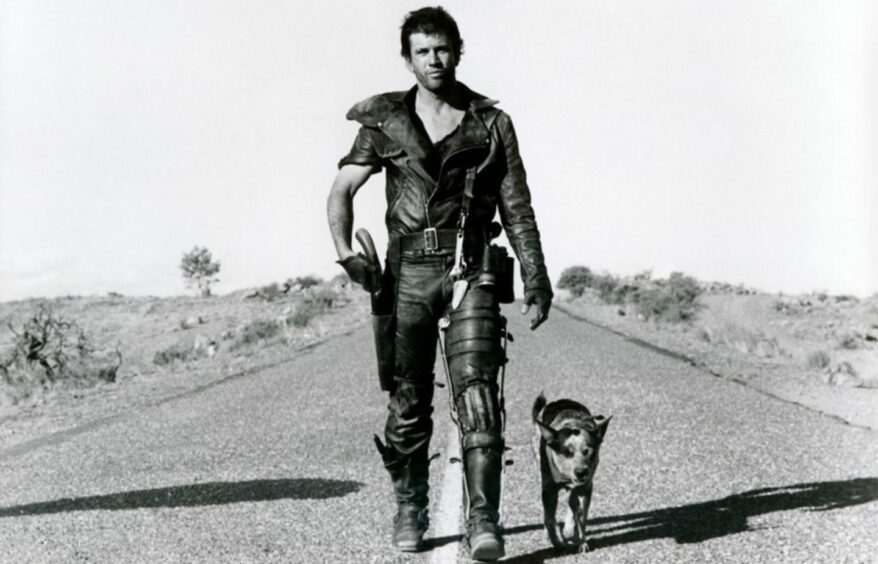
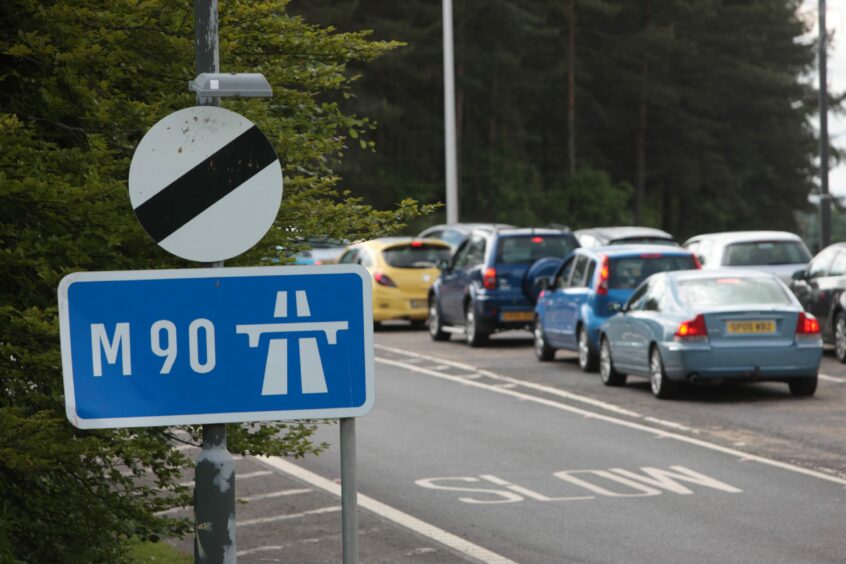

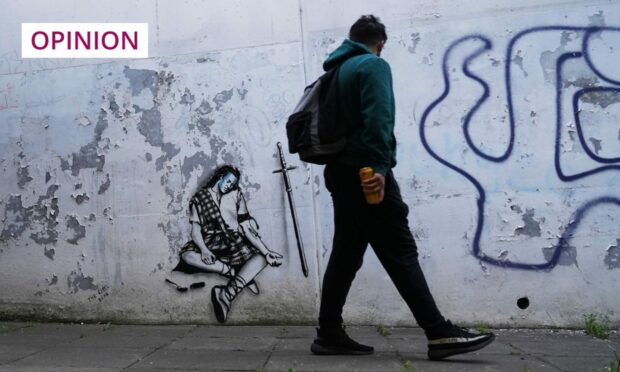
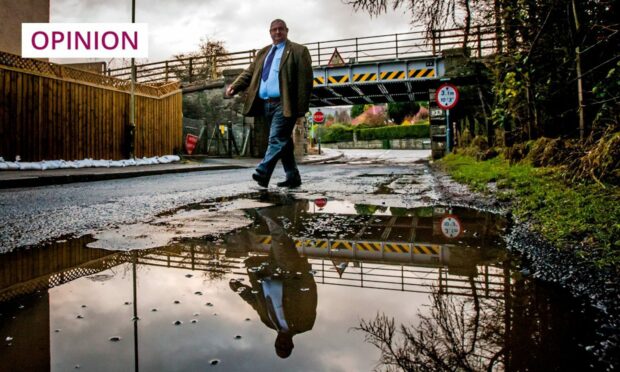
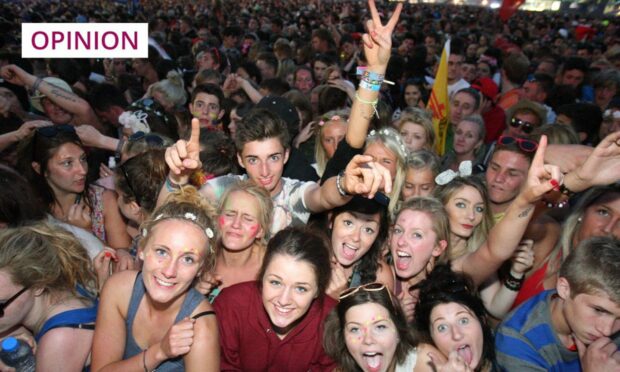
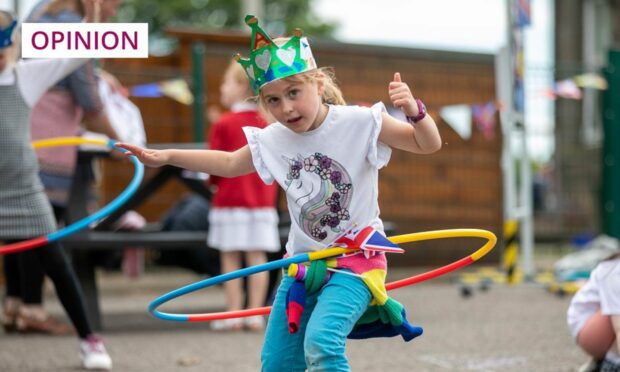










Conversation